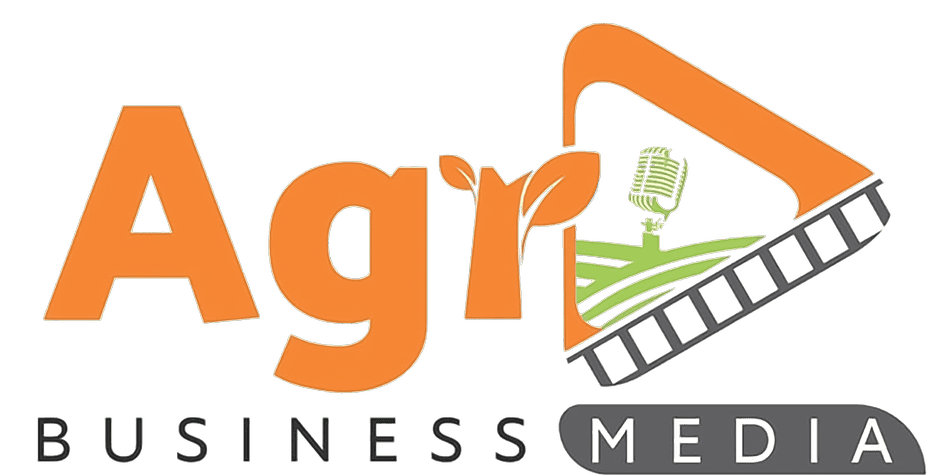Maize is one of the most important crops in the world, and its production depends on many factors, such as;
soil, climate, and management practices. One of the key aspects of maize production is setting realistic yield goals, which can help farmers plan their inputs, optimize their profits, and reduce their risks.
But what are yield goals, and how can you set them for your maize crop?
What are yield goals?
Yield goals are the expected or desired amount of maize that can be harvested from a given area of land, usually expressed in metric tons per hectare (t/ha). Yield goals are not fixed or guaranteed, but rather an average that can vary depending on the weather and other conditions.
Yield goals can help farmers make better decisions about how much fertilizer, water, seed, and other inputs to use, as well as how to manage pests, diseases, and weeds. By setting realistic yield goals, farmers can avoid over- or under-investing in their crop, and achieve higher returns on their investment.
How to set realistic yield goals?
Setting realistic yield goals is not a simple task, as it requires a lot of information and analysis. Here are some steps that can help you set realistic yield goals for your maize crop:
Examine your soil type and quality. Different soils have different potentials for maize production, depending on their texture, structure, organic matter, pH, and nutrient levels. You can use soil maps, soil surveys, or soil tests to get information about your soil type and quality. Soil testing or analysis is especially important, as it can tell you the exact nutrient status of your soil, and help you determine how much fertilizer you need to apply. You can also use soil productivity ratings, which are numerical values that indicate the relative ability of a soil to produce crops, as a general guideline.
Review your yield history and records. The best way to estimate your yield potential is to look at your past performance. You should keep records of your maize yields for at least 3 to 5 years, and calculate the average yield for each field or plot. You should also consider the weather conditions, management practices, and input levels that affected your yields in those years, and adjust your expectations accordingly. For example, if you had a drought year, you should not expect the same yield as in a normal year, and vice versa.
Compare your yields with others. Another way to assess your yield potential is to compare your yields with those of other farmers in your area, or with the county or national average yields. This can give you an idea of how well you are doing, and what you can improve. However, you should also consider the differences in soil, climate, and management practices that may affect the yields of different farms, and not just rely on the numbers.
Set your yield goal based on your information and analysis. After you have gathered and analyzed all the information, you can set your yield goal for your maize crop. You should set a realistic and attainable goal, based on your soil potential, yield history, and comparison with others. You should also set a range of yield goals, rather than a single number, to account for the variability and uncertainty of the weather and other factors. For example, you can set a low, medium, and high yield goal, and plan your inputs and management accordingly.
Setting realistic yield goals is an important part of maize production, as it can help you optimize your inputs, profits, and risks. To set realistic yield goals, you need to examine your soil type and quality, review your yield history and records, compare your yields with others, and set your yield goal based on your information and analysis. By following these steps, you can set realistic yield goals for your maize crop, and achieve higher and more consistent yields.

